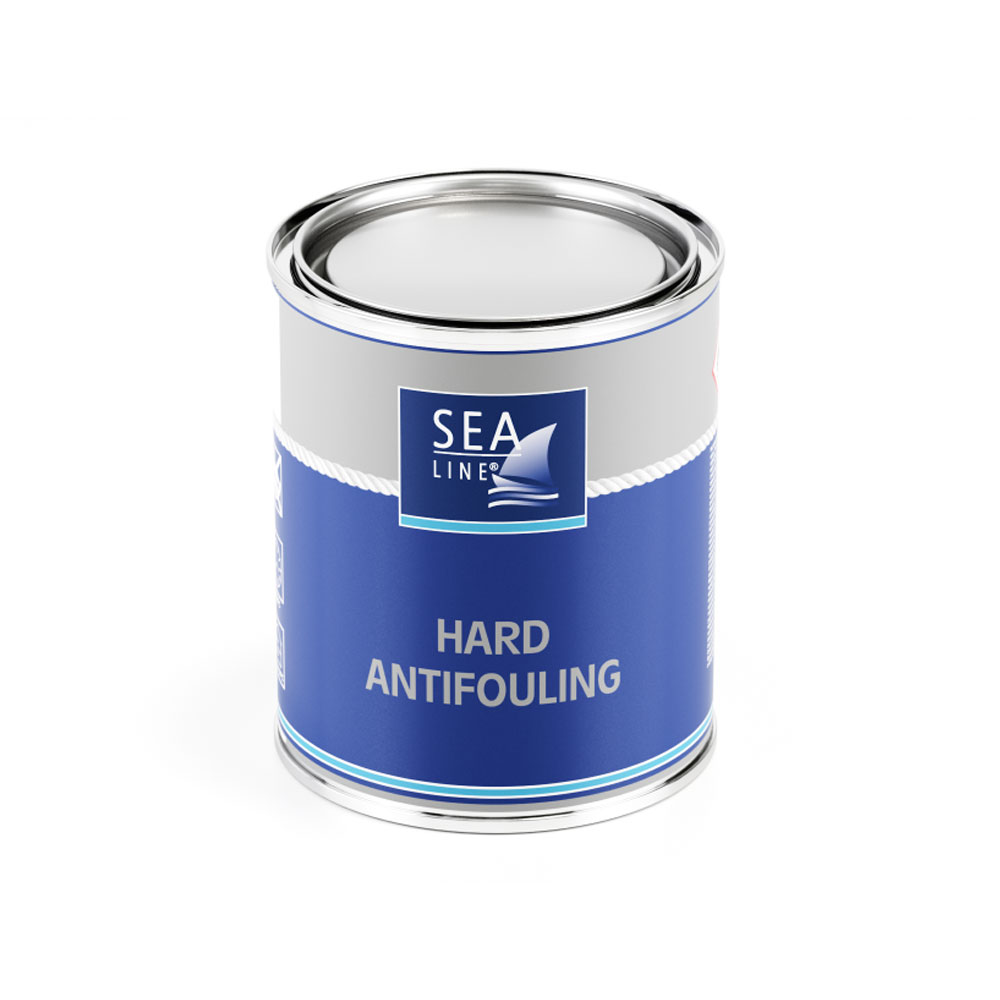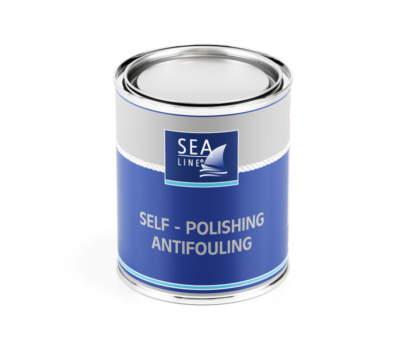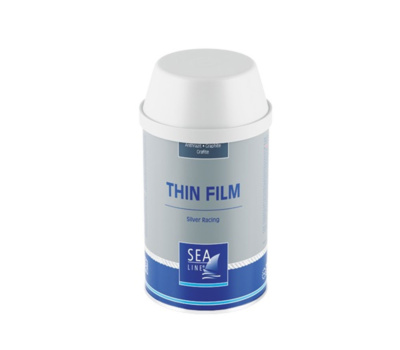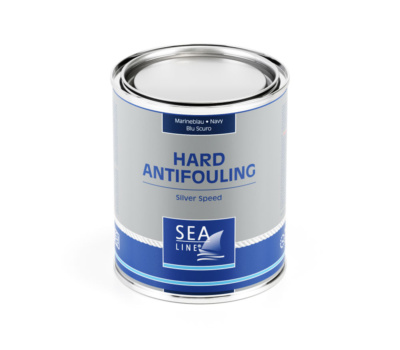Hard antifouling is a hard antifouling paint recommended for owners of motorboats and sailboats moving at speeds up to 70 knots.
| Color | Capacity | Code |
|---|---|---|
| dark blue | 750 ml | 300008284 |
| dark blue | 2,5 l | 300008288 |
| red | 750 ml | 300008286 |
| red | 2,5 l | 300008289 |
| black | 750 ml | 300008282 |
| black | 2,5 l | 300008287 |

Exposure of a freshly applied antifouling paint to moist air can lead to color change. The discoloration is only superficial and does not affect the effectiveness of the antifouling paint. Due to the content of copper oxide, a small color difference between the parts of the antifouling paint is acceptable.
Manually:
Spray:
| Type | GRP laminates, wood, Steel | |
| Place | Below waterline | |
| Function | Antifouling paint discourages the growth of barnacles, weed, and other water life on the submersed hull of the boat. | |
| Application | brush, roll, spray gun | |
| Thinning * | No recommended | |
| Theoretical coverage For 1l | ± 10 m2 for 90 μmWFT/ 50 μm DFT | |
| Coats number | 1 – 3 | |
| Maximum recommended layer thickness | 100 μm DFT | |
| Time between layers | Min 6 h | |
| Dry to launch: | Min 12 h | |
If anti-fouling is being applied to a vessel without any paint coatings, it is advisable to first apply systems that create protective layers. This means that different protection will be applied to different surfaces:
If the vessel has old anti-fouling coatings, first check the compatibility between the new paint and the previously applied paint. If the paints are incompatible or the coatings are in poor condition, they should be removed and treated as for new units without antifouling protection. If the paints are compatible and the coatings are in good condition, wet sand the surface with P120-P240 grit sandpaper before applying new coats. After sanding, clean and degrease the surfaces using Sea-Line Cleaner.
If the existing coating is in good condition and the type of antifouling paint previously applied is unknown (excluding paints containing Teflon), wet sanding the surface with P120-P240 grit sandpaper is recommended. Then, use Sea-Line Universal Chlorinated Rubber 1K Primer as a release agent; see the primer’s technical data sheets.
In the case of high temperatures and the need to thin the antifouling paint, a maximum dilution of 0-5% (by volume) is recommended.
Dilution and the application method directly affect the thickness of the antifouling paint layer.
Special attention should be paid to obtaining a specific coating thickness (100 μm DTF), which ensures the effective operation of the antifouling paint.

The self-polishing antifouling paint is a product recommended primarily for protecting the hulls of fiberglass

THIN FILM Silver Racing is a hard antifouling paint, effectively preventing fouling organism: aquatic plants

Silver Speed HARD Antifouling is a hard antifouling paint, effectively preventing fouling organism: aquatic plants
There is a possibility of thinning antifouling, but we do not recommend this procedure due to the risk of reducing the effectiveness of the paint. If it is necessary to thin the antifouling paint, it is recommended to dilute it to a maximum of 0-5% (by volume).
Sea-Line HARD and Sea-Line self-polishing antifouling are not intended for aluminum surfaces. They include copper oxide, which in contact with aluminum causes galvanic corrosion. Especially on aluminum, we offer ALU-PLUS self-polishing anti-fouling paint, which, in addition to excellent adhesion to aluminum, is also 30% more effective than traditional anti-fouling paints.